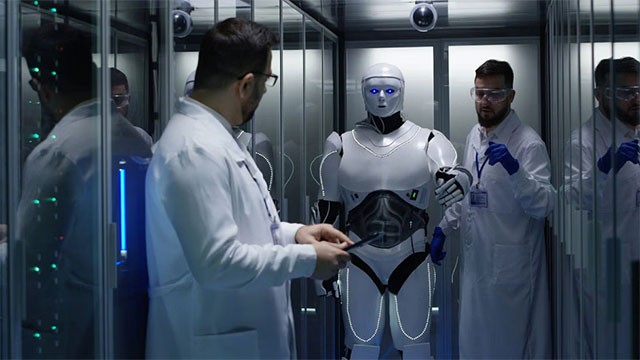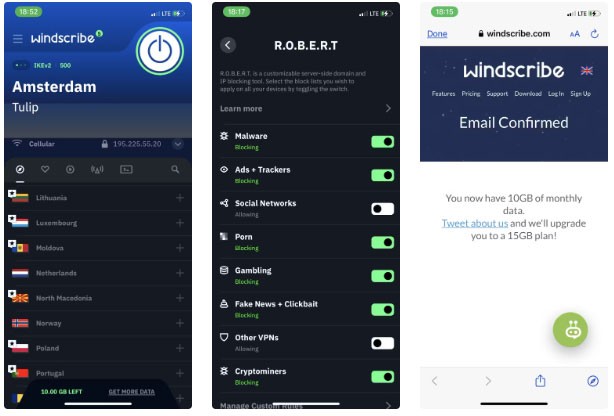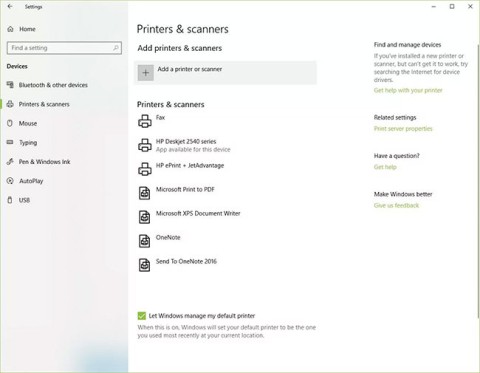The most commonly deficient nutrients in the diet

Diet is important to our health. Yet most of our meals are lacking in these six important nutrients.
Researchers at Penn Engineering (USA) are said to have discovered previously unidentified security vulnerabilities in a number of AI-controlled robotic platforms.
“ Our research shows that, at this point, large language models (LLMs) are generally not secure enough when integrated with complex physical hardware, ” said George Pappas, professor of electrical and systems engineering at the UPS Foundation, in a statement.
Pappas and his team developed an algorithm, called RoboPAIR, that is “the first algorithm designed to crack LLM-controlled robots.” And unlike existing rapid-fire technical attacks against chatbots, RoboPAIR is specifically built to “induce harmful physical actions” from LLM-controlled robots, like the humanoid robotics platform called Atlas that Boston Dynamics and the Toyota Research Institute (TRI) are developing.
RoboPAIR reportedly achieved a 100 percent success rate in cracking three popular robotics research platforms: the four-legged Unitree Go2, the four-wheeled Clearpath Robotics Jackal, and the Dolphins LLM simulator for autonomous driving. It took just a few days for the algorithm to gain full access to those systems, and begin bypassing safety barriers. Once the researchers took control, they were able to direct the autonomous robotic platforms to perform a variety of dangerous actions, such as driving through intersections without stopping.
“ The results of the first assessment show that the risks of cracked LLMs go beyond text generation, as it is clear that cracked robots can cause physical damage in the real world .”

The team at Penn Engineering is working with platform developers to harden their systems against further intrusions, but warns that these security issues are systemic and difficult to fully address.
“ The findings of this paper clearly show that adopting a safety approach is critical to unlocking responsible innovation. We must address inherent vulnerabilities before deploying AI-powered robots in the real world ,” said the team.
A secure operation requires testing AI systems for potential threats and vulnerabilities, which is essential to protecting the AI systems that create them. Because only when weaknesses are identified can you test and even train systems to prevent risks.
Diet is important to our health. Yet most of our meals are lacking in these six important nutrients.
At first glance, AirPods look just like any other true wireless earbuds. But that all changed when a few little-known features were discovered.
In this article, we will guide you how to regain access to your hard drive when it fails. Let's follow along!
Dental floss is a common tool for cleaning teeth, however, not everyone knows how to use it properly. Below are instructions on how to use dental floss to clean teeth effectively.
Building muscle takes time and the right training, but its something anyone can do. Heres how to build muscle, according to experts.
In addition to regular exercise and not smoking, diet is one of the best ways to protect your heart. Here are the best diets for heart health.
The third trimester is often the most difficult time to sleep during pregnancy. Here are some ways to treat insomnia in the third trimester.
There are many ways to lose weight without changing anything in your diet. Here are some scientifically proven automatic weight loss or calorie-burning methods that anyone can use.
Apple has introduced iOS 26 – a major update with a brand new frosted glass design, smarter experiences, and improvements to familiar apps.
Yoga can provide many health benefits, including better sleep. Because yoga can be relaxing and restorative, its a great way to beat insomnia after a busy day.
The flower of the other shore is a unique flower, carrying many unique meanings. So what is the flower of the other shore, is the flower of the other shore real, what is the meaning and legend of the flower of the other shore?
Craving for snacks but afraid of gaining weight? Dont worry, lets explore together many types of weight loss snacks that are high in fiber, low in calories without making you try to starve yourself.
Prioritizing a consistent sleep schedule and evening routine can help improve the quality of your sleep. Heres what you need to know to stop tossing and turning at night.
Adding a printer to Windows 10 is simple, although the process for wired devices will be different than for wireless devices.
You want to have a beautiful, shiny, healthy nail quickly. The simple tips for beautiful nails below will be useful for you.













